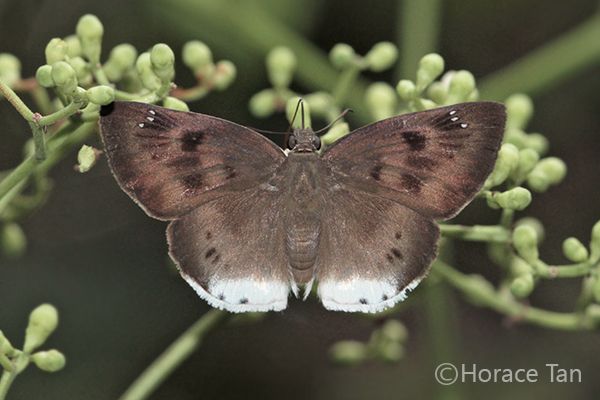Anyone interested in wildlife, and particularly butterflies could not have missed the fact that this year has been the best year in living memory for migrants with good quantities of Painted Lady, Clouded Yellow and particularly the very rare Swallowtail and Long-tailed Blue. An excellent find of a newly emerged Long-tailed Blue by Colin Knight locally was the incentive for myself and Nigel to spend far more time than we should have to try and find one for ourselves. For the last 3 days we have searched two areas whilst hearing about another Blue that we had just missed.
One of the beauties of hunting any species is that you never know what else you will come across. There are few butterflies flying now but Small Coppers are still appearing and several of these have been spotted.
There are also many dragonflies with Migrant Hawkers and Common Darters being the most common. This is a male Migrant Hawker.
The bizarre looking peppered Moth larva was a great find by Claire, very hard to see with its amazing camouflage.
I was very pleased to find the fantastic female Wasp Spider, only the 2nd one I have seen and without doubt the most colourful of the British spiders.


















































